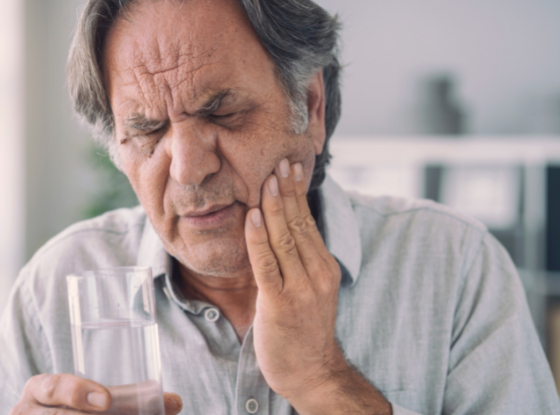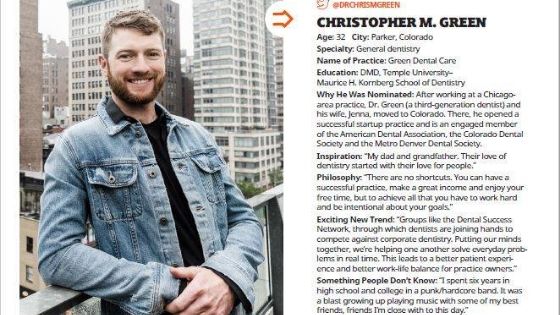Single Tooth Replacement Options

Everything You Need To Know About A Single Tooth Replacement
Single tooth replacement options are the most common type of dental implant. Dental implants are artificial replacements for natural teeth. A single dental implant consists of a titanium screw that is placed into your jawbone and allowed to bond with the bone. Once the bonding process is complete, an abutment (a small connector piece) is placed on top of the dental implant. Once that is in place, your replacement tooth (or teeth) can be securely attached to the abutment. Single tooth dental implants are usually used when a tooth is missing between two healthy teeth. There has to be a healthy bone present in order to support the dental implant. Single tooth replacements can also be used to replace a front tooth or a back tooth. The success rate for single tooth replacement is very high and they usually last many years, making them a great option for replacing missing teeth.
What Tooth Replacement Option Is Right For Me?
When it comes to replacing missing teeth, there are multiple options available. And no one option is best for every patient or every situation. Our friends at College Hill Dental Group in Easton PA, believe that dental implants are usually the longest-lasting treatment option to replace missing teeth and age is usually not a deterrent. A periodontist is an expert in implant dentistry and will perform an examination and take X-ray images of your jaw. Dr. Green will also go over the different implant options with you in order to find the best solution for your particular case. With proper care, dental implants can last a lifetime, making them a great investment in your oral health.
Why Is Single Tooth Replacement Beneficial?
When it comes to maintaining the health and appearance of your teeth and jaw, the dental implant is an excellent option. Unlike a traditional bridge, which requires that healthy neighboring teeth be ground down in order to support the dental implants or teeth, single dental implants actually preserve and protect your existing dental structure. In addition, because implants are directly into the jawbone, they stay in place more securely than bridges do. What’s more, unlike a bridge, which relies on bulky metal supports or collars that can damage healthy gums over time, single dental implants are much easier to keep clean and look great from every angle. So if you want lasting improvements to your smile consider the benefits of getting a dental implant today!
Contact Green Dental Care!
A beautiful smile can light up a room, but keeping your teeth and gums healthy requires more than just brushing and flossing. Regular dental checkups and cleanings are essential for preventing cavities, and other problems. When dental problems do happen it’s important to seek treatment from a dentist. Fortunately, finding the best dentist in Parker CO, is easier than ever before. So don’t wait any longer – contact the best dentist near you today!










